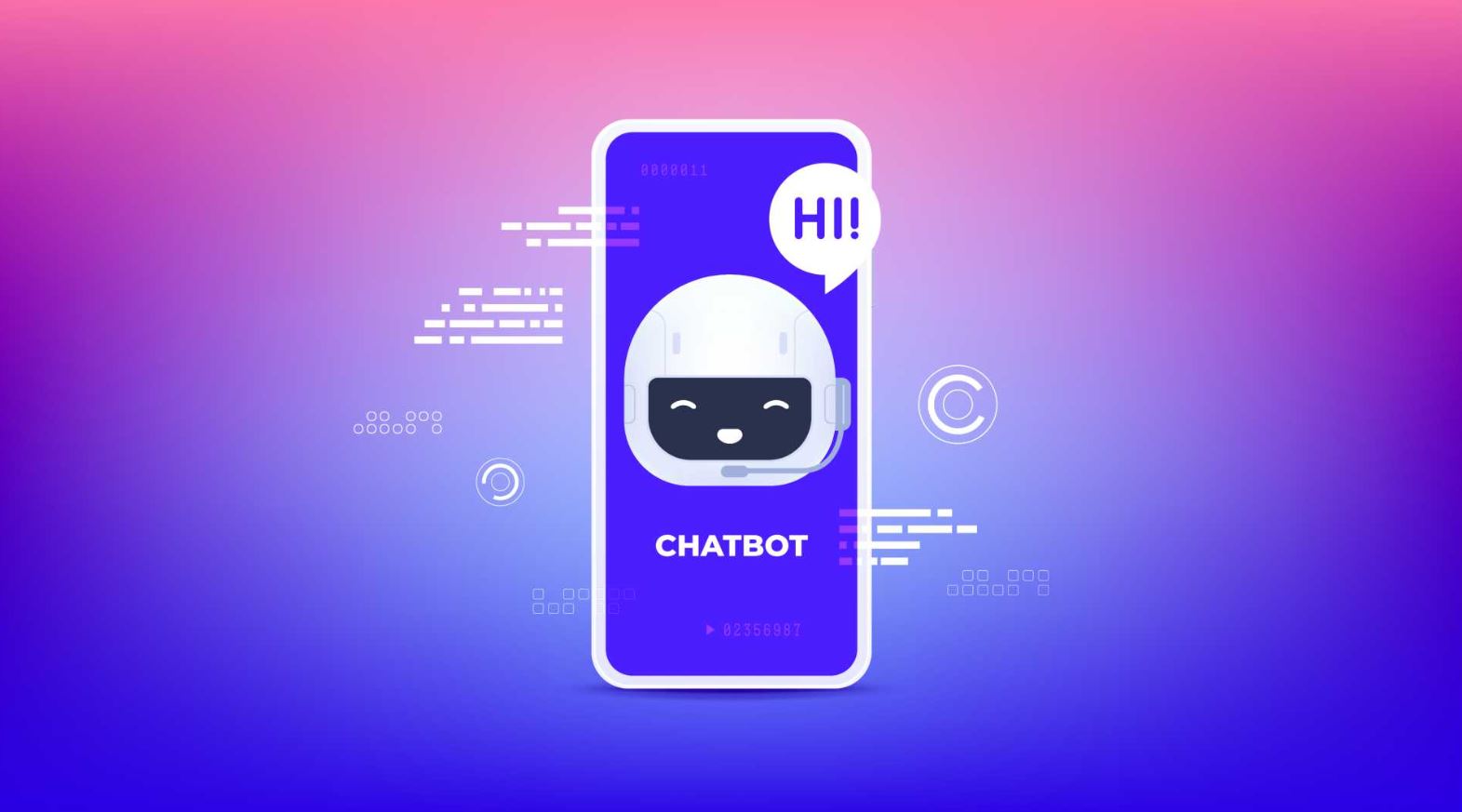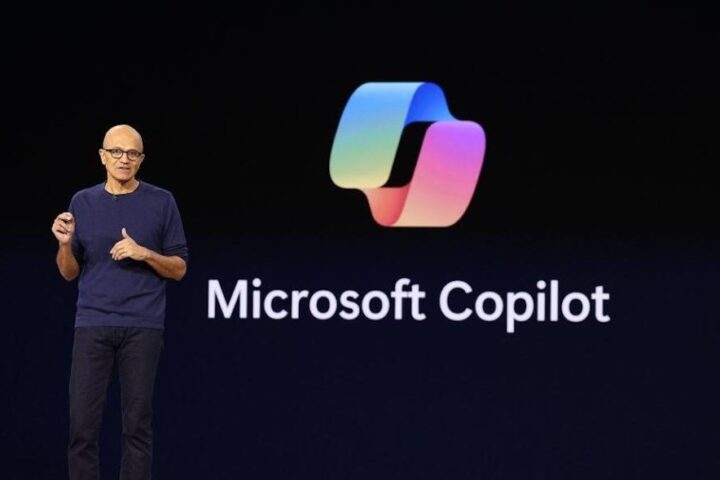 New research suggests that while AI chatbots are becoming a common sight in many offices, their impact is more of a gentle ripple than a sweeping change. Recent studies, merging survey responses and detailed employment data from Denmark, offer a balanced view of what these tools are really doing in our workplaces.
New research suggests that while AI chatbots are becoming a common sight in many offices, their impact is more of a gentle ripple than a sweeping change. Recent studies, merging survey responses and detailed employment data from Denmark, offer a balanced view of what these tools are really doing in our workplaces.
The study, led by Anders Humlum from the University of Chicago and Emilie Vestergaard from the University of Copenhagen, covered over 25,000 employees across 7,000 organisations in 11 job categories. What they discovered is that many Danish companies have moved past initial data privacy concerns and are now actively integrating AI chatbots into daily workflows. Nearly 40% of these companies have developed their own in-house chatbots, with about one-third of employees receiving dedicated training.
However, the economic benefits aren’t as pronounced as some might expect. Comparisons between employees using chatbots and those who don’t reveal barely any differences in pay or working hours – differences so small they’re described as “precise zeros”. Even workplaces that are heavy users of these tools haven’t seen significant gains in hiring, wage hikes, or retention.
If you’ve ever hoped that AI would instantly transform your workday, these findings might provide a reality check. The study points to two main reasons for the muted impact: the actual productivity boosts tend to be modest, and even when there is an improvement, it hardly leads to a significant wage increase. Many employees do report improved quality of work and a spark of creativity, but the average time saved is only about 2.8% of total work hours. For context, controlled experiments often tout productivity gains of 15% or more, focusing on areas where chatbots can truly excel like coding or basic customer service – scenarios that don’t fully mirror everyday tasks.
A key insight is that the full potential of AI chatbots may only be unlocked with extra support and training. Environments that invest in these complementary resources seem to enable employees to reap more benefits. Moreover, instead of merely easing workloads, these tools are reshaping job roles by introducing new responsibilities. About 17% of users found themselves handling additional tasks linked to AI, a trend that even affected those not directly using chatbots.
The new duties range from integrating AI into routine tasks to drafting AI-assisted content and managing emerging ethical considerations. This shift suggests an ongoing period of adjustment rather than an immediate surge in productivity. In many ways, the current state of AI mirrors the early days of computers – omnipresent yet not instantly revolutionising performance metrics.
Two years after ChatGPT’s launch, the dramatic overhaul of job roles and salaries many anticipated still seems a work in progress. For those keeping an eye on how technology reshapes our work, these findings offer a thoughtful reminder that change, while promising, often unfolds gradually.








